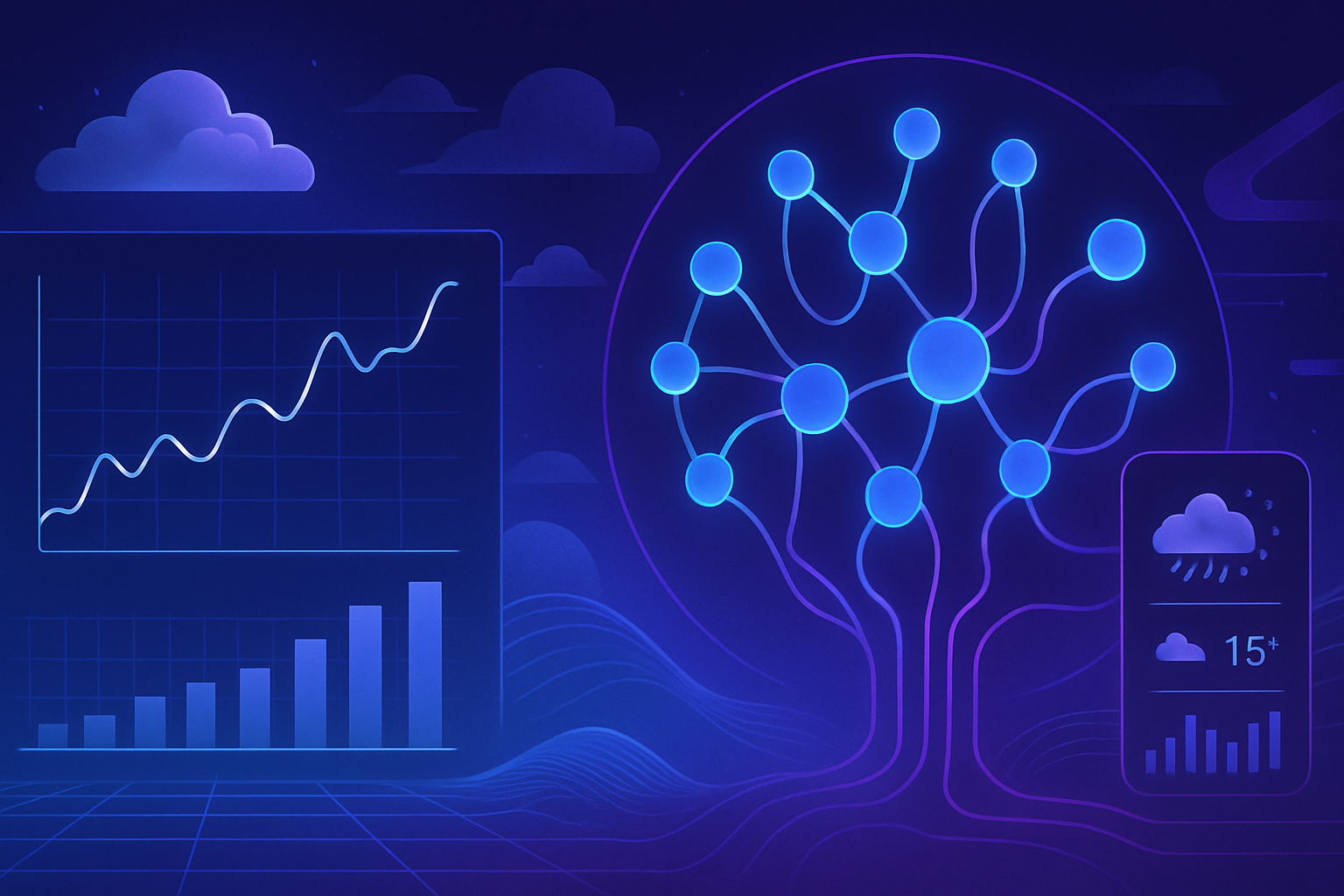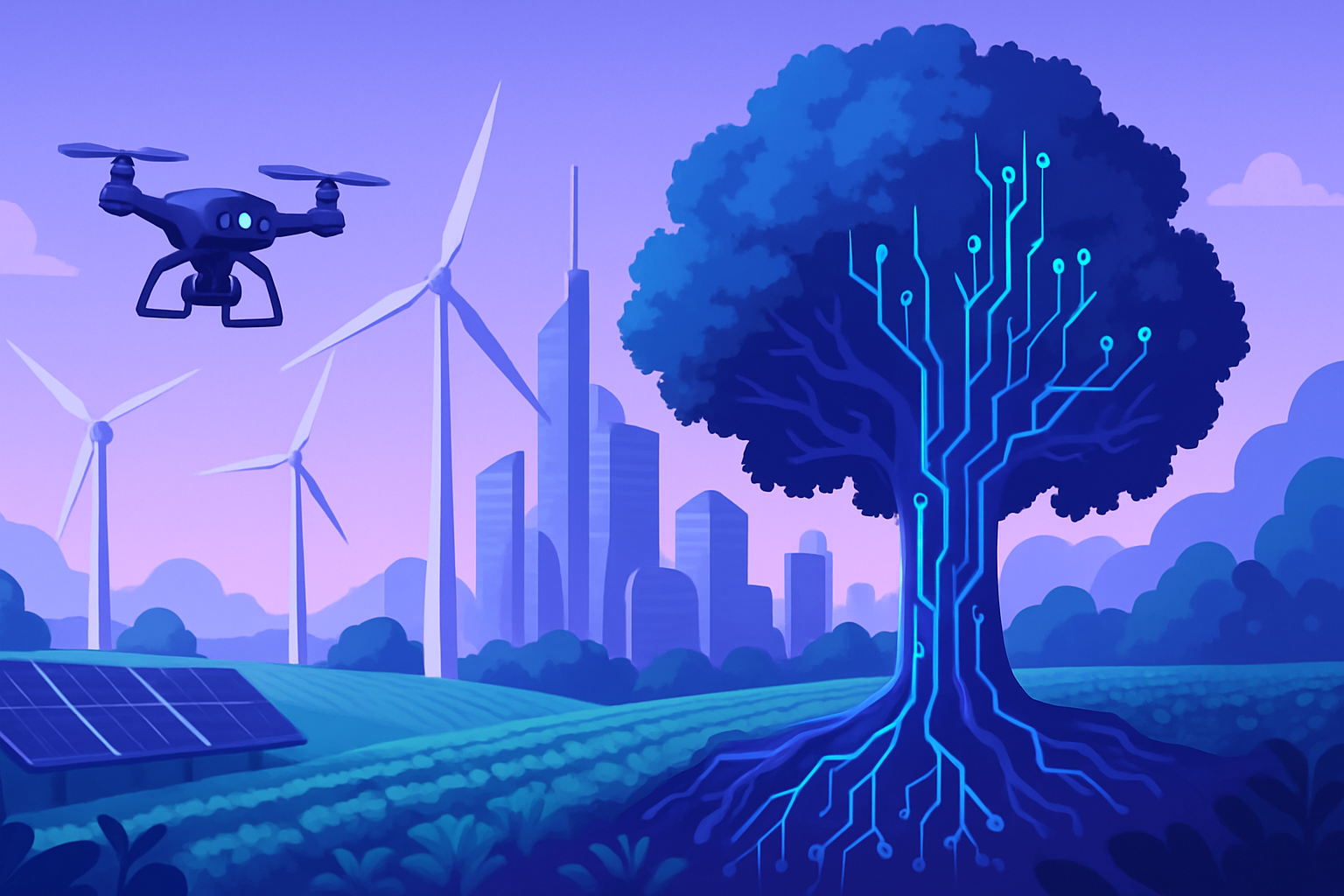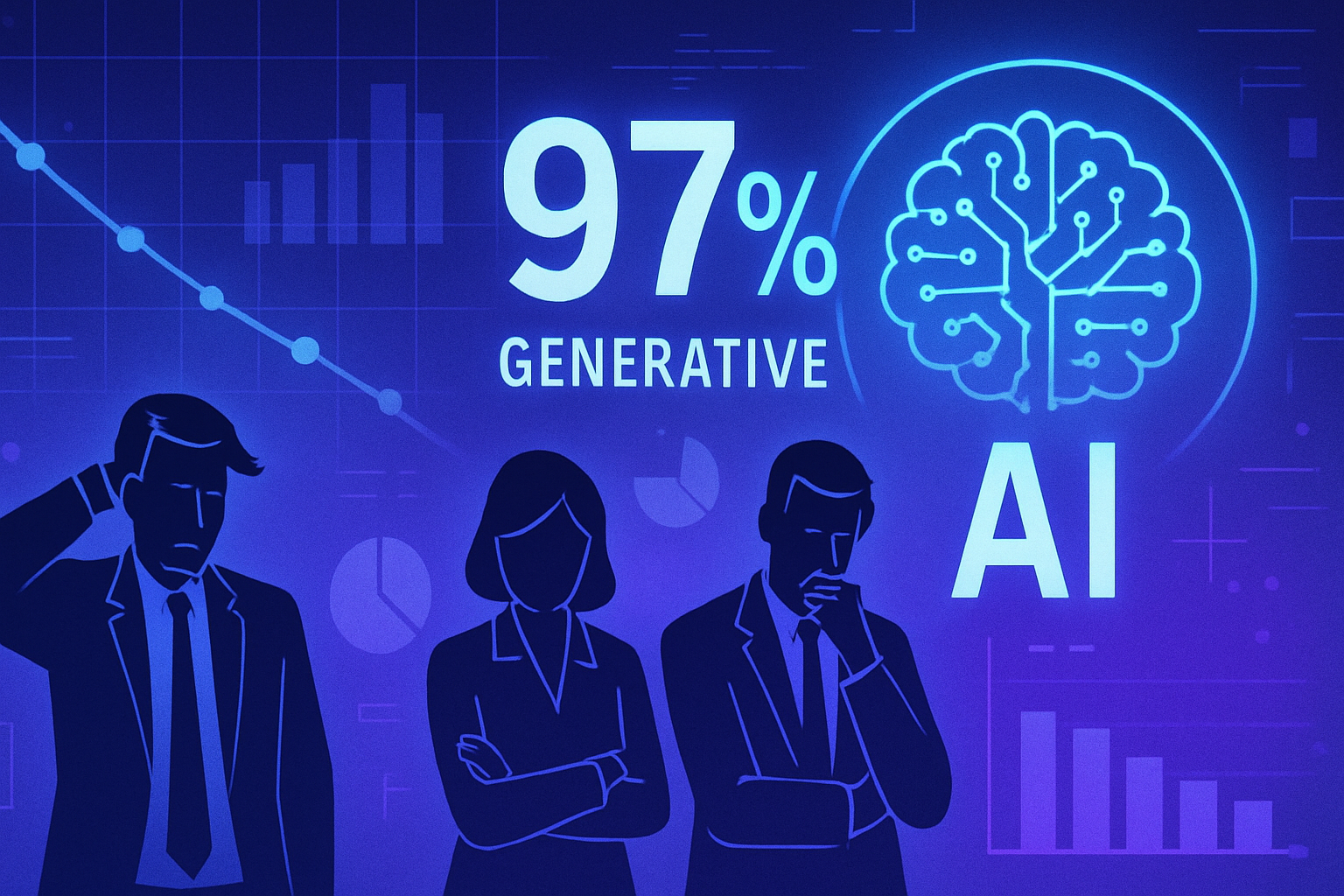Technological advancements in climate forecasting reveal fascinating paradoxes. *Benefiting from increased sophistication*, artificial intelligence models, often perceived as indispensable solutions, can unexpectedly encounter limitations. A groundbreaking study highlights the efficacy of *simplified* physics-based models, which occasionally surpass their deep learning counterparts. The stakes of this discovery transcend mere weather prediction. *Understanding these dynamics* precedes crucial political choices regarding climate and underscores the need for a more rigorous evaluation of predictive capabilities.
Simplified models outperform deep learning
Scientists from the Massachusetts Institute of Technology (MIT) have highlighted the efficacy of simplified climate models compared to complex deep learning models. By analyzing various climate scenarios, the team demonstrated that physics-based models can provide more accurate forecasts than the most advanced machine learning systems.
Comparison of models
The inherent complexity of the Earth’s climate makes it challenging to predict the impact of pollution levels on environmental factors like temperature. Scientists often employ climate emulators, simpler approximations that offer greater accessibility. Policymakers can thus use these emulators to analyze the potential impact of different greenhouse gas emission scenarios on future temperatures.
Results of the study
MIT researchers evaluated a traditional technique called linear model scaling (LPS) against a deep learning model. The results revealed that LPS outperformed deep learning models in almost all tested parameters, including temperature and precipitation. This study highlights the need for rigorous approaches in evaluating models.
Sources of inaccuracy in deep learning
The initial contradictory results surprised the researchers. The deep learning model should theoretically provide greater accuracy for precipitation forecasts, given that this data does not always follow a linear pattern. However, the natural oscillations of climate models, such as El Niño/La Niña, can impair the predictive performance of complex models, thereby affecting their evaluation.
New evaluation methodology
To address natural variations, researchers developed a new evaluation method incorporating more data. With this new tool, the deep learning model slightly surpassed the LPS for local precipitation, while LPS remained more accurate for temperature forecasts. Adjusting modeling tools according to the nature of the problem is essential to ensure valid results.
Implications for climate policy
These findings offer insights into the use of artificial intelligence models in climate science. Although deep learning models have shown impressive success in areas like language processing, climate science relies on well-established physical principles. Researchers emphasize the need to choose the appropriate model based on the specific climate issues policymakers face.
Improvements in benchmarking techniques
The hope lies in developing better benchmarking techniques, allowing for a greater understanding of the climate emulation tools best suited to given situations. More complex machine learning methods could be explored in the future, such as the impacts of aerosols or estimates of extreme precipitation. Further studies on climate emulations and benchmarking techniques could strengthen political and strategic decisions in this field.
To learn more about the climate challenges faced, an article highlights the importance of a common language in analyzing environmental crises. Concerns regarding water scarcity are also emerging, while innovative research is working on an artificial intelligence model aimed at modern potable water production. You can find additional information on the concept of sustainability and its impact on the environment through various reports and studies.
These results enrich the knowledge landscape on climate forecasting, emphasizing that the pursuit of excellence in forecasting must come through a rigorous evaluation of available tools. Researchers hope that their study will serve as a springboard for further investigations in the field of climate sciences.
Frequently asked questions about simplified models and deep learning in climate forecasting
What are the advantages of simplified models compared to deep learning models for climate forecasting?
Simplified models can produce more accurate forecasts in certain climate scenarios, particularly concerning regional temperatures. They rely on established physical laws, allowing them to better capture the natural variations in data.
Why are deep learning models not always the best for climate forecasting?
Although deep learning models perform well in several areas, their complexity can be a drawback in climate science, where natural fluctuations, such as those related to El Niño/La Niña, can skew their performance.
How to evaluate the effectiveness of a climate forecasting model?
It is crucial to use appropriate benchmarking techniques that account for natural climate variations. A rigorous evaluation allows for comparing model performances and identifying the most suitable one for a specific problem.
Can simplified models be used to predict extreme climate events?
Simplified models, like those based on “linear scaling,” do not always predict extreme events or climate variability, which can be a limitation in certain cases.
How can the results of this research aid policymakers?
The results provide insights on the appropriate use of models for informed climate policy choices, promoting an approach based on models whose effectiveness has been demonstrated and that are suited to the specific needs of analyzed scenarios.
Why is it important to combine different approaches in climate modeling?
Combining simplified models with advanced techniques leverages the strengths of each method, providing a more comprehensive and reliable framework for addressing the complex challenges related to climate change.
Can deep learning models evolve to be more effective in climate forecasting?
There is potential for improvement for deep learning models, but this requires developing better evaluation methods and integrating them with physical knowledge to more sharply capture climate dynamics.






